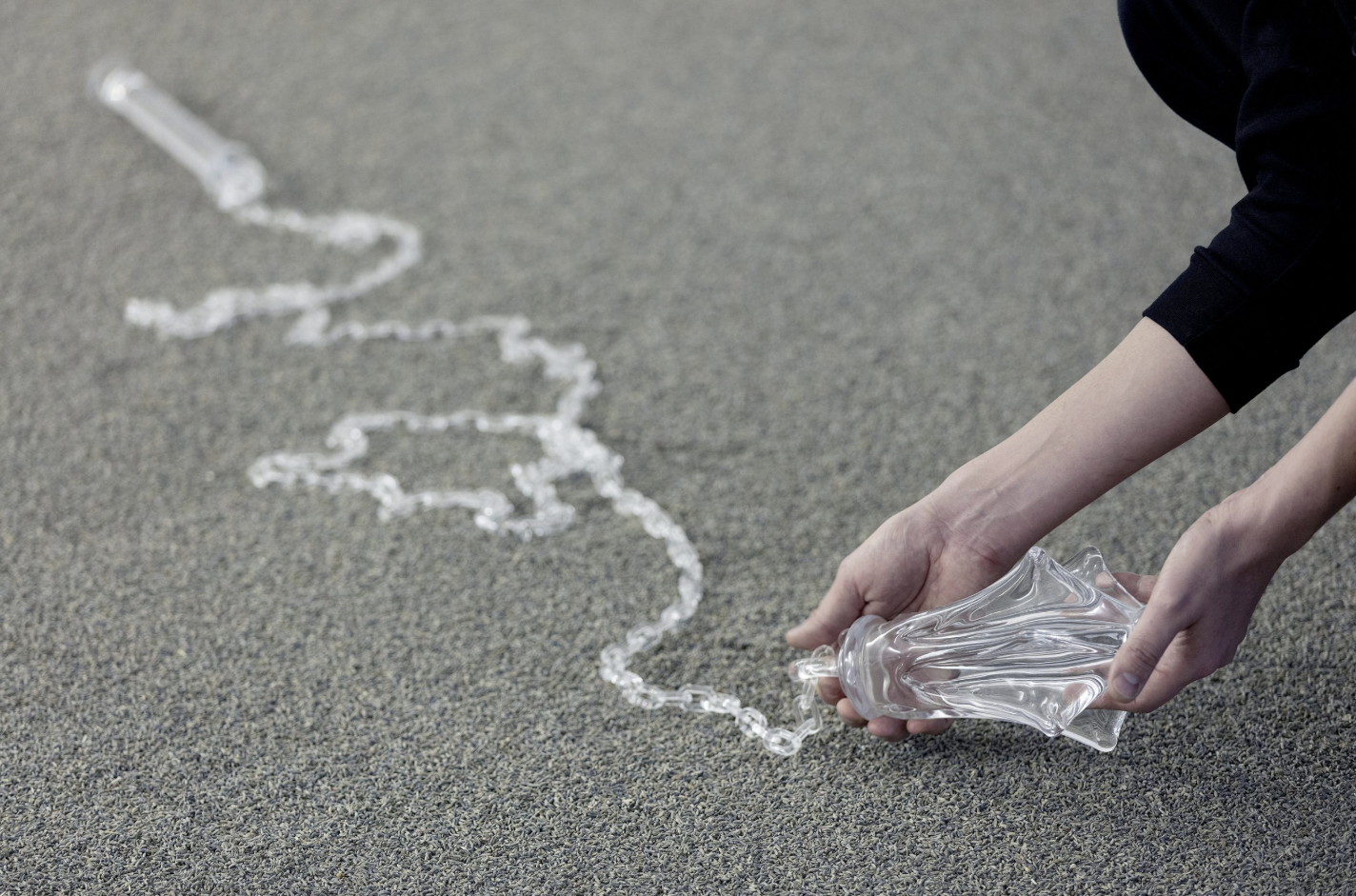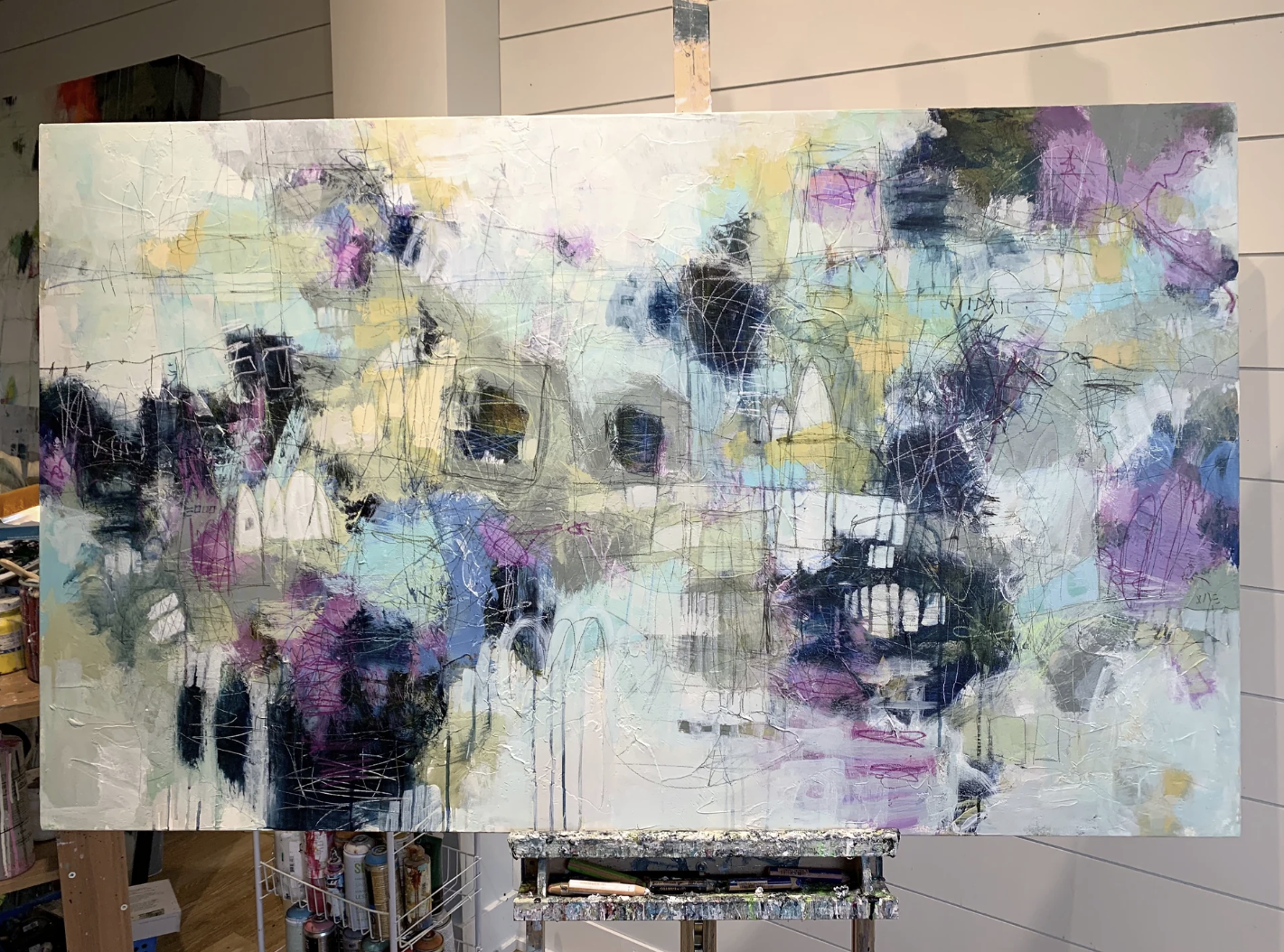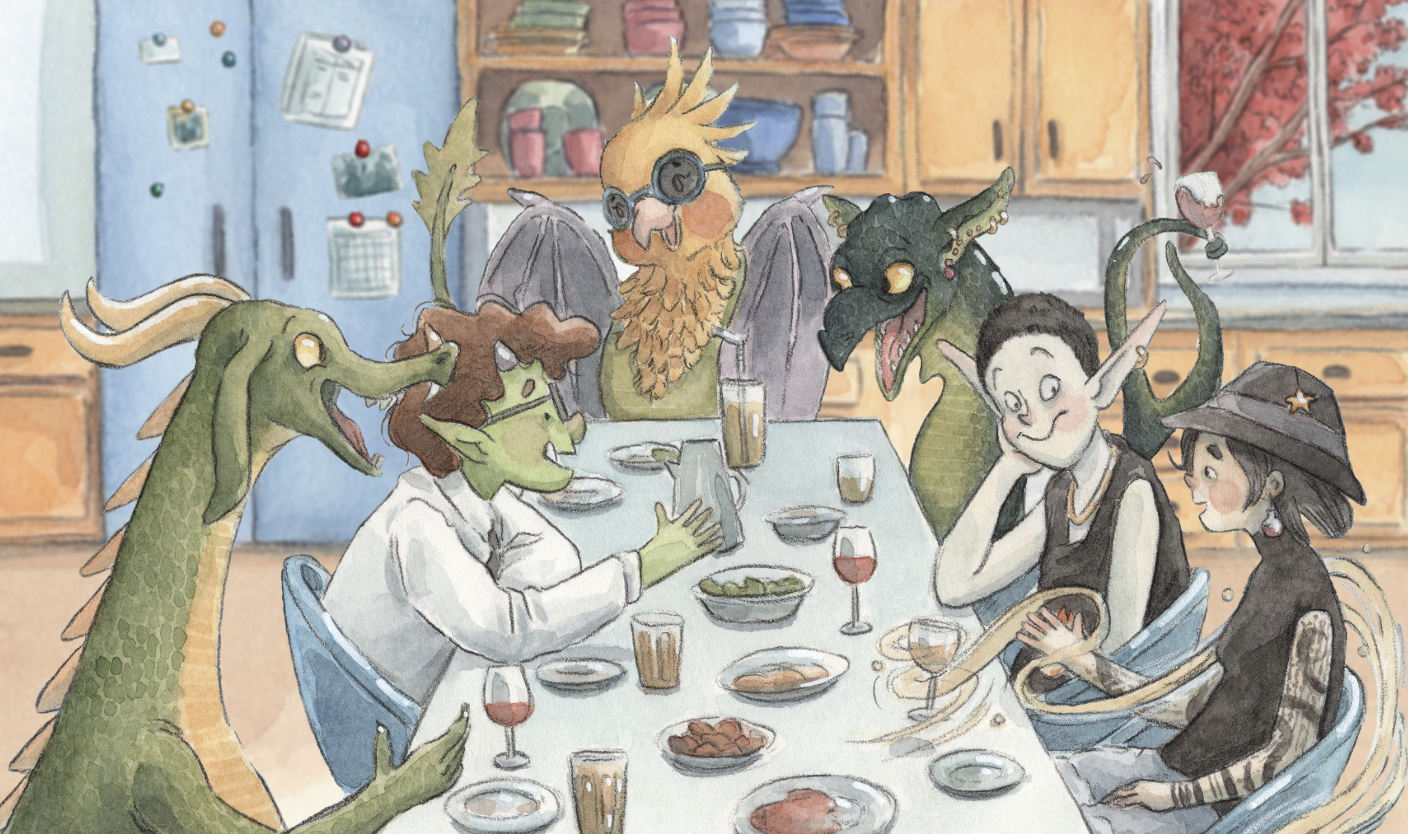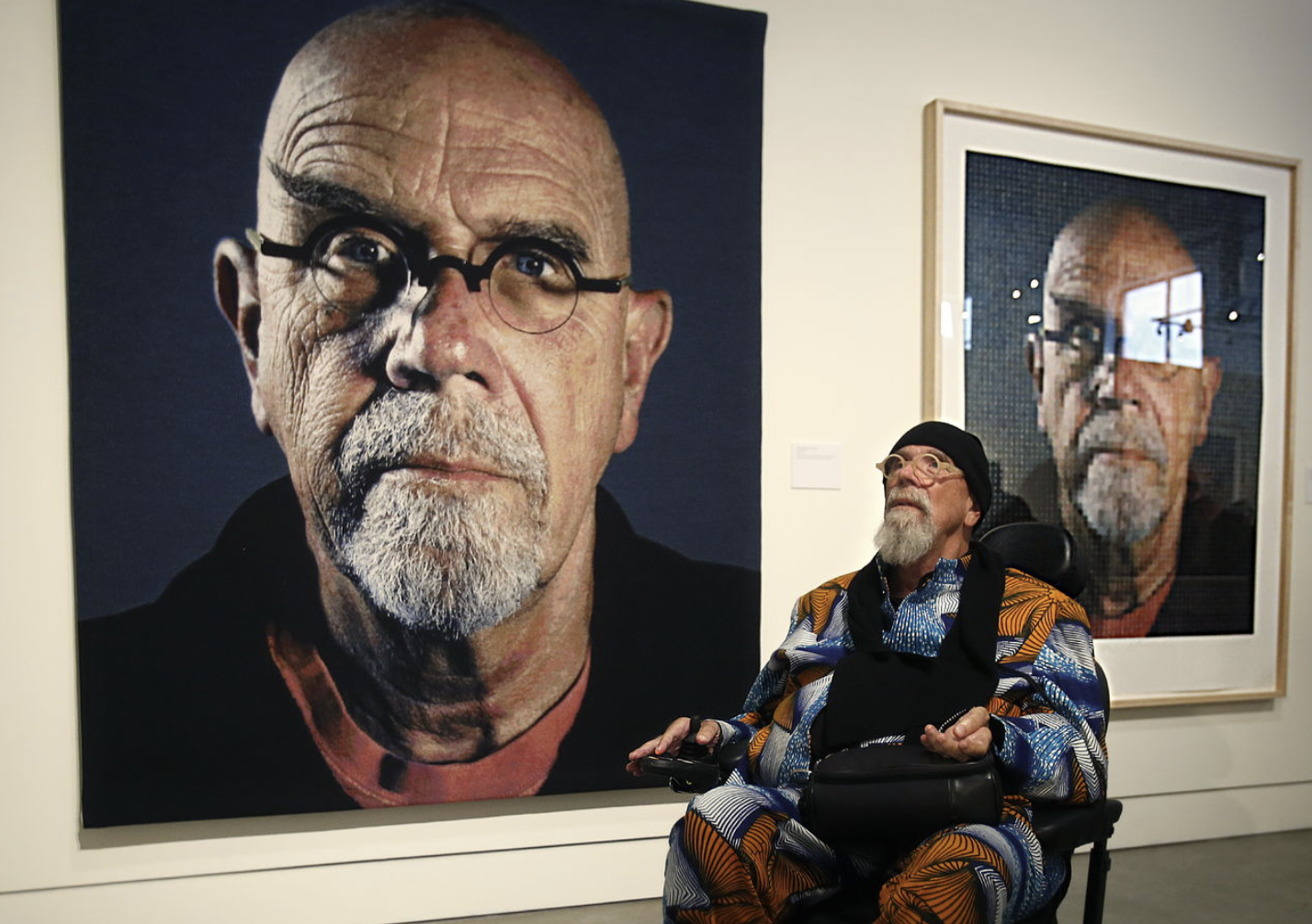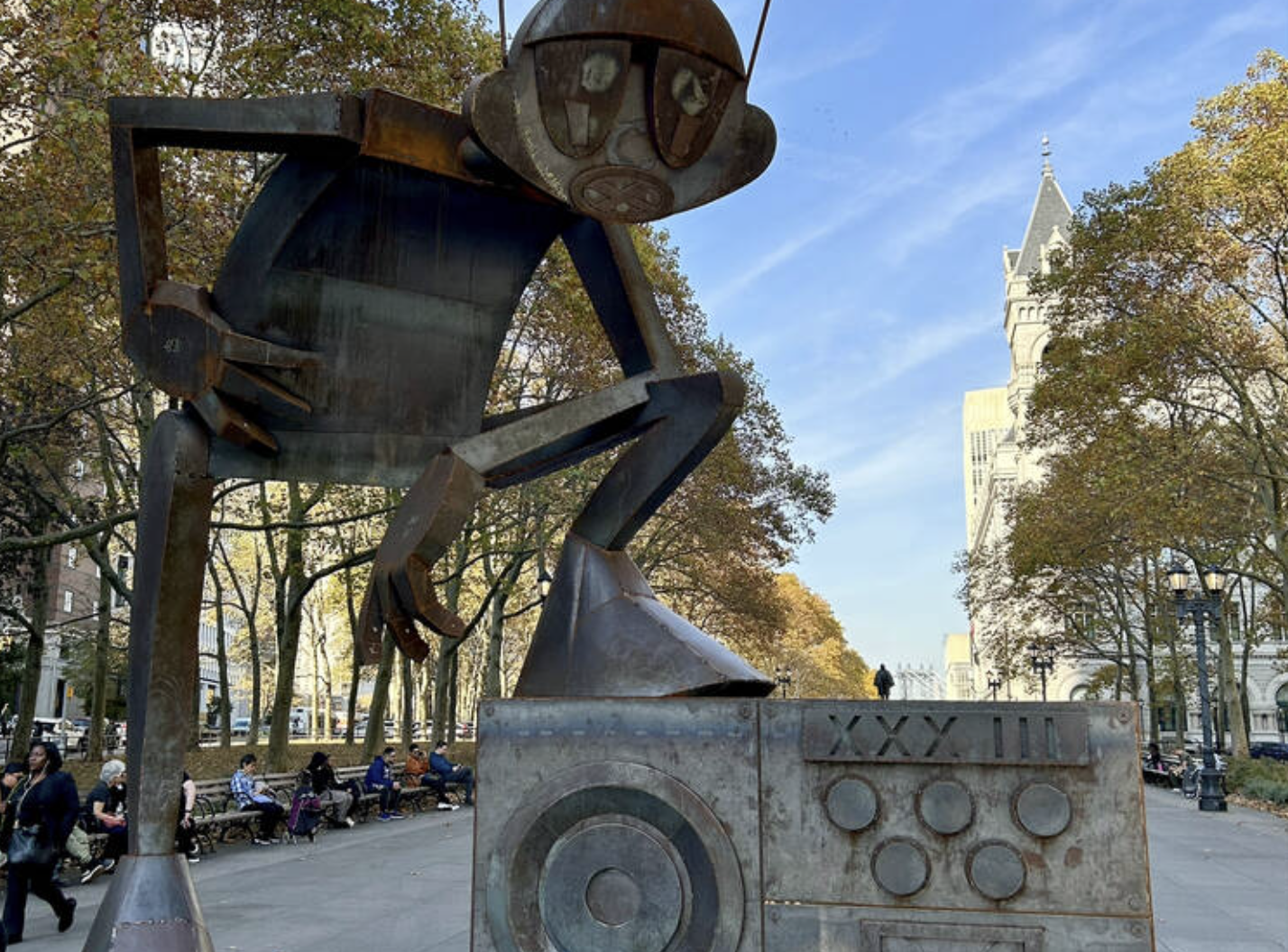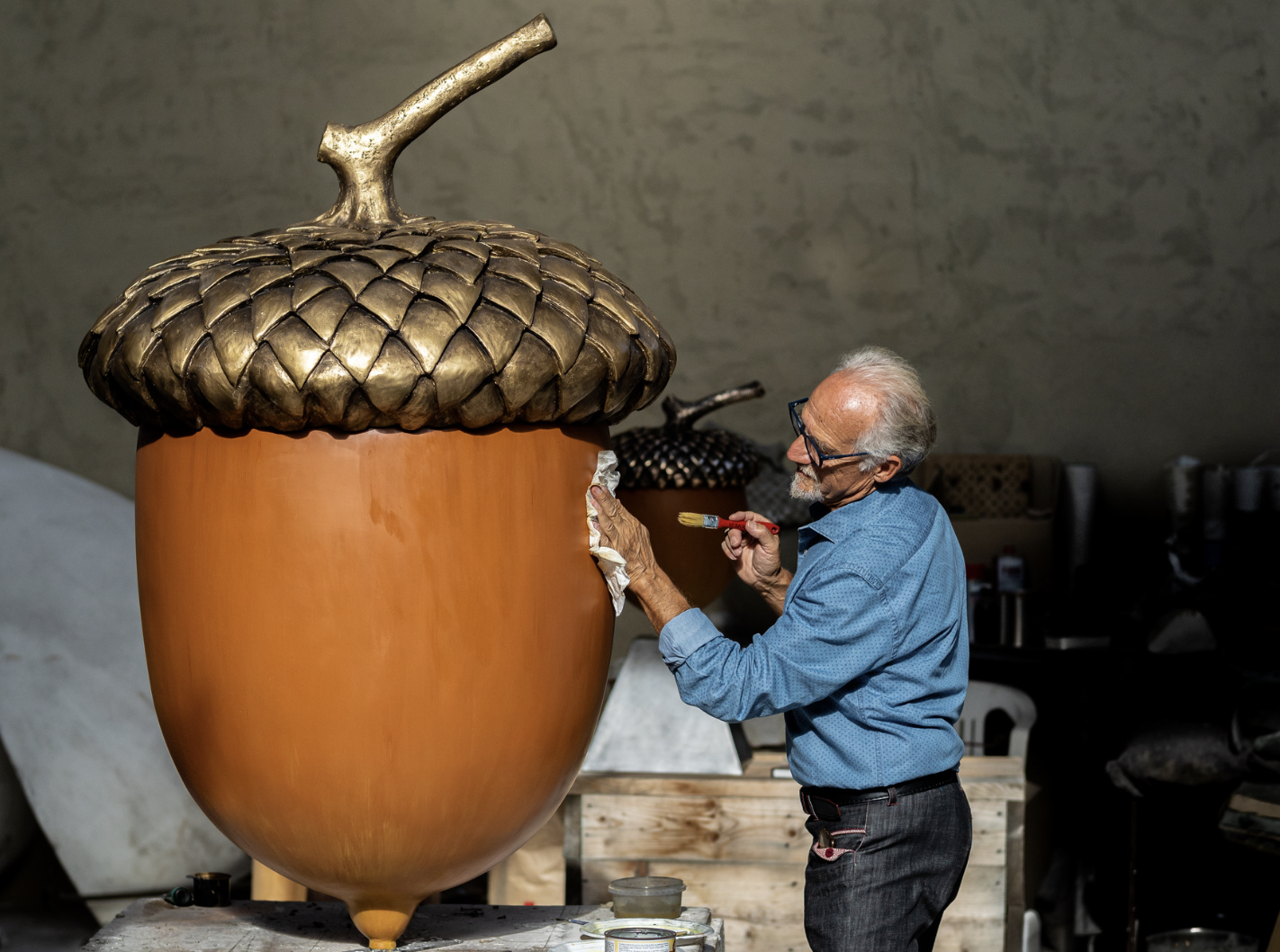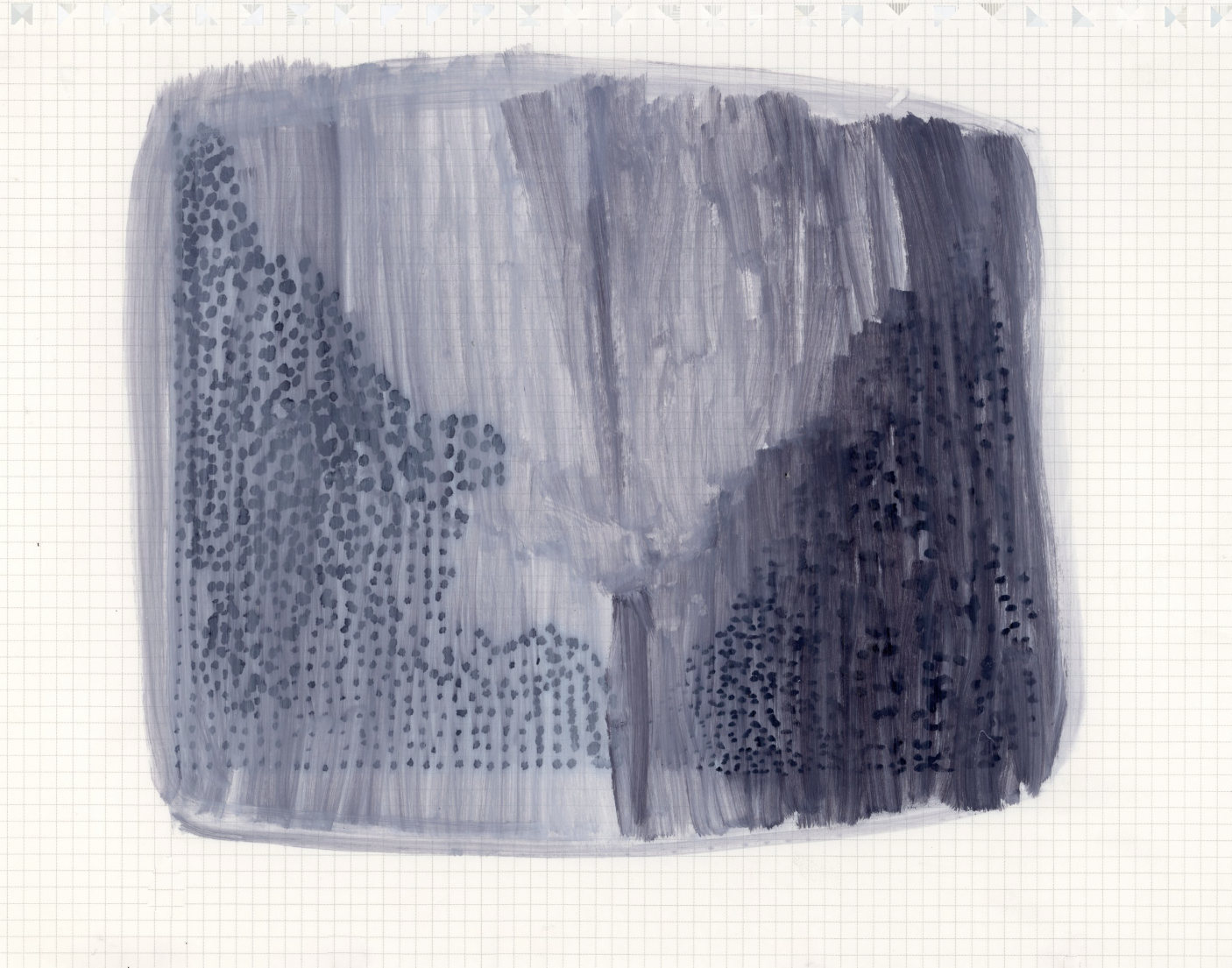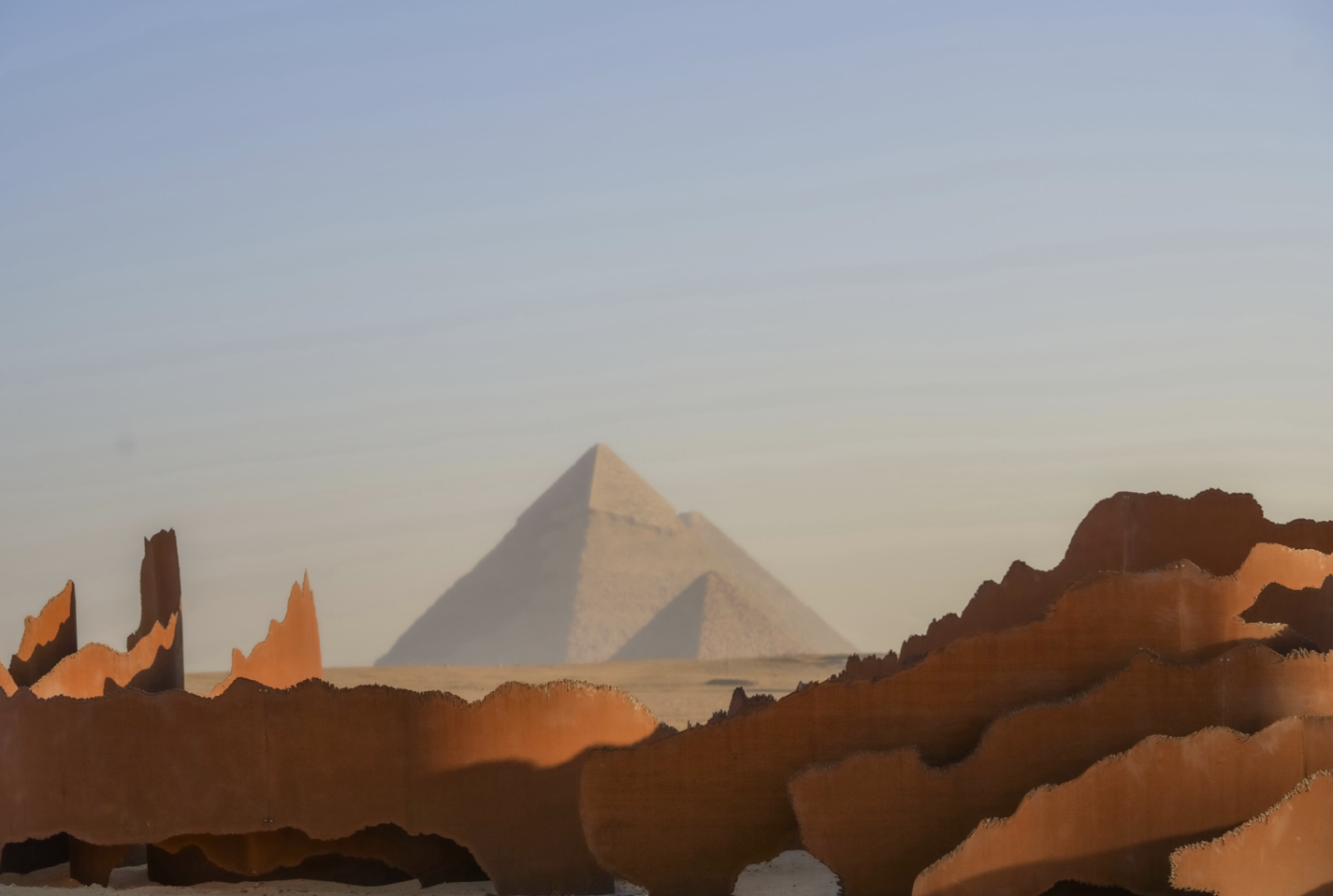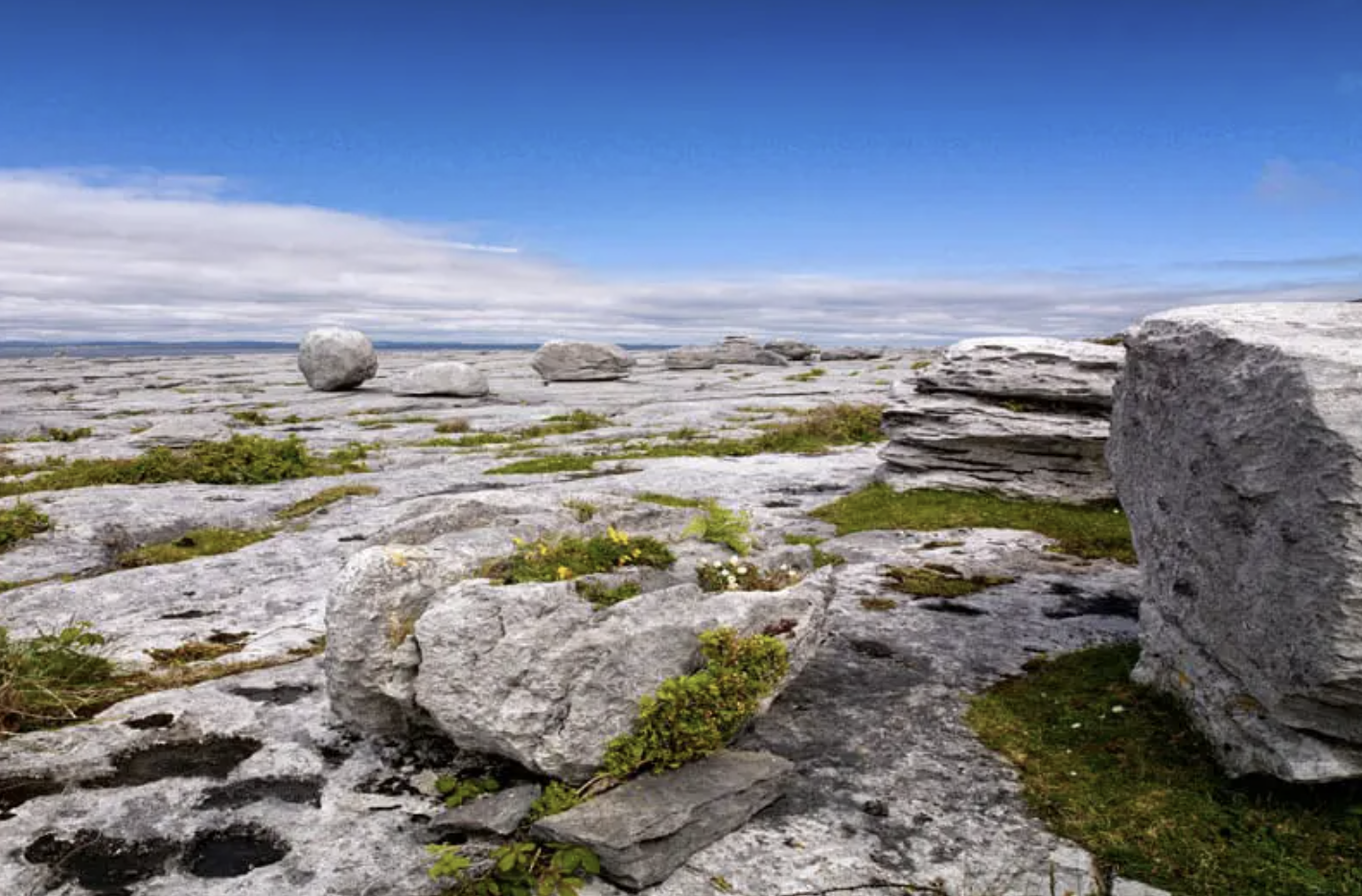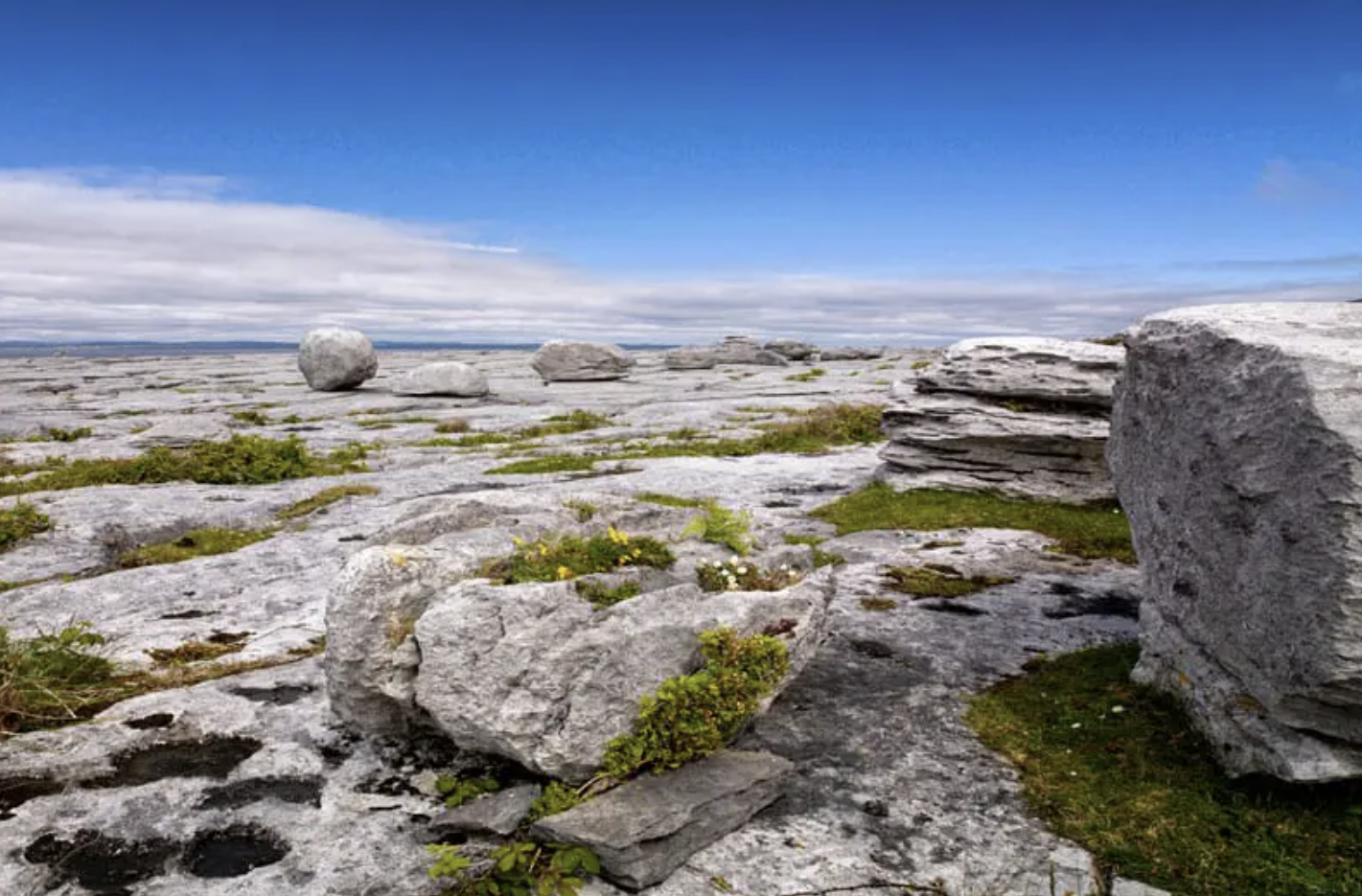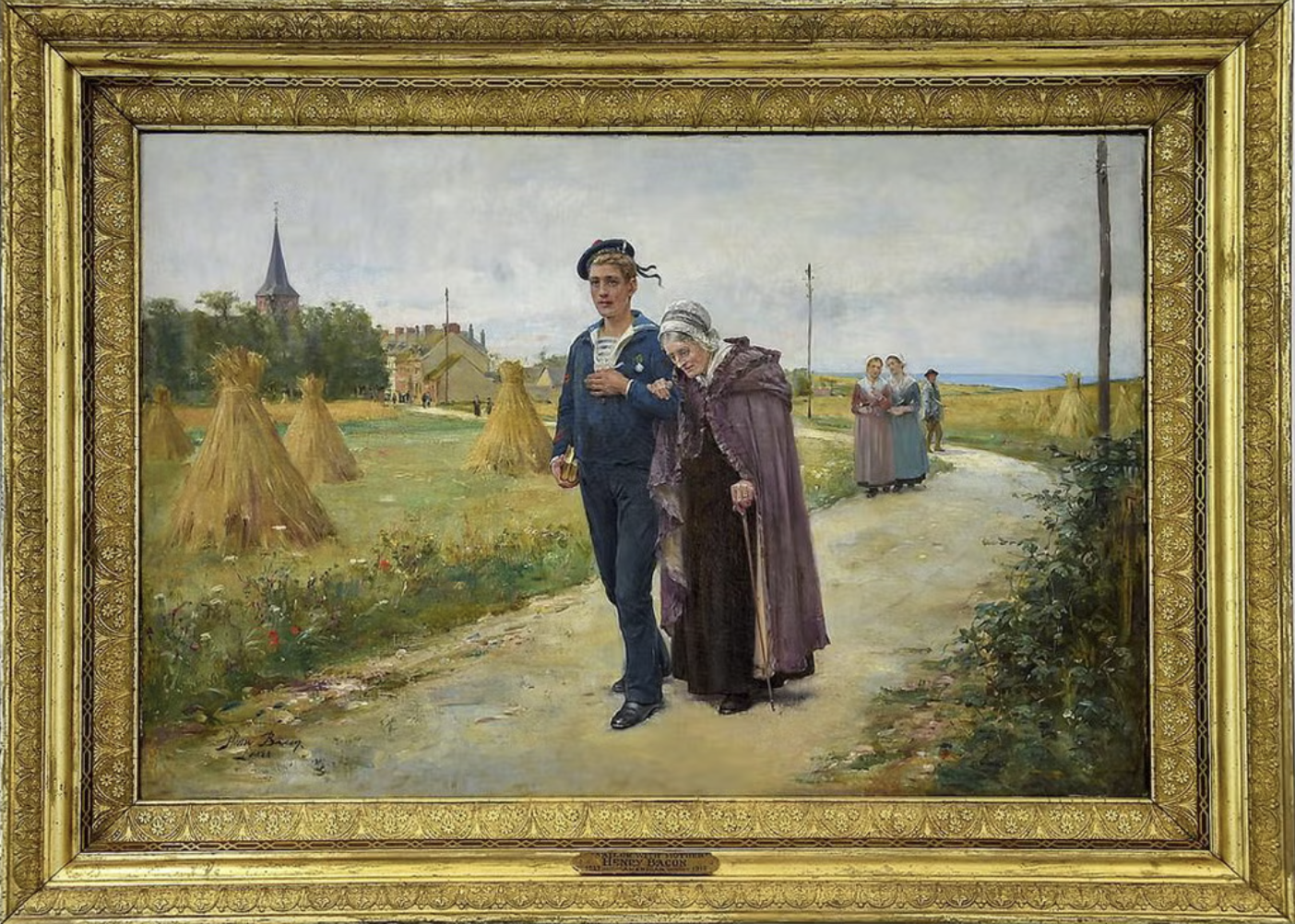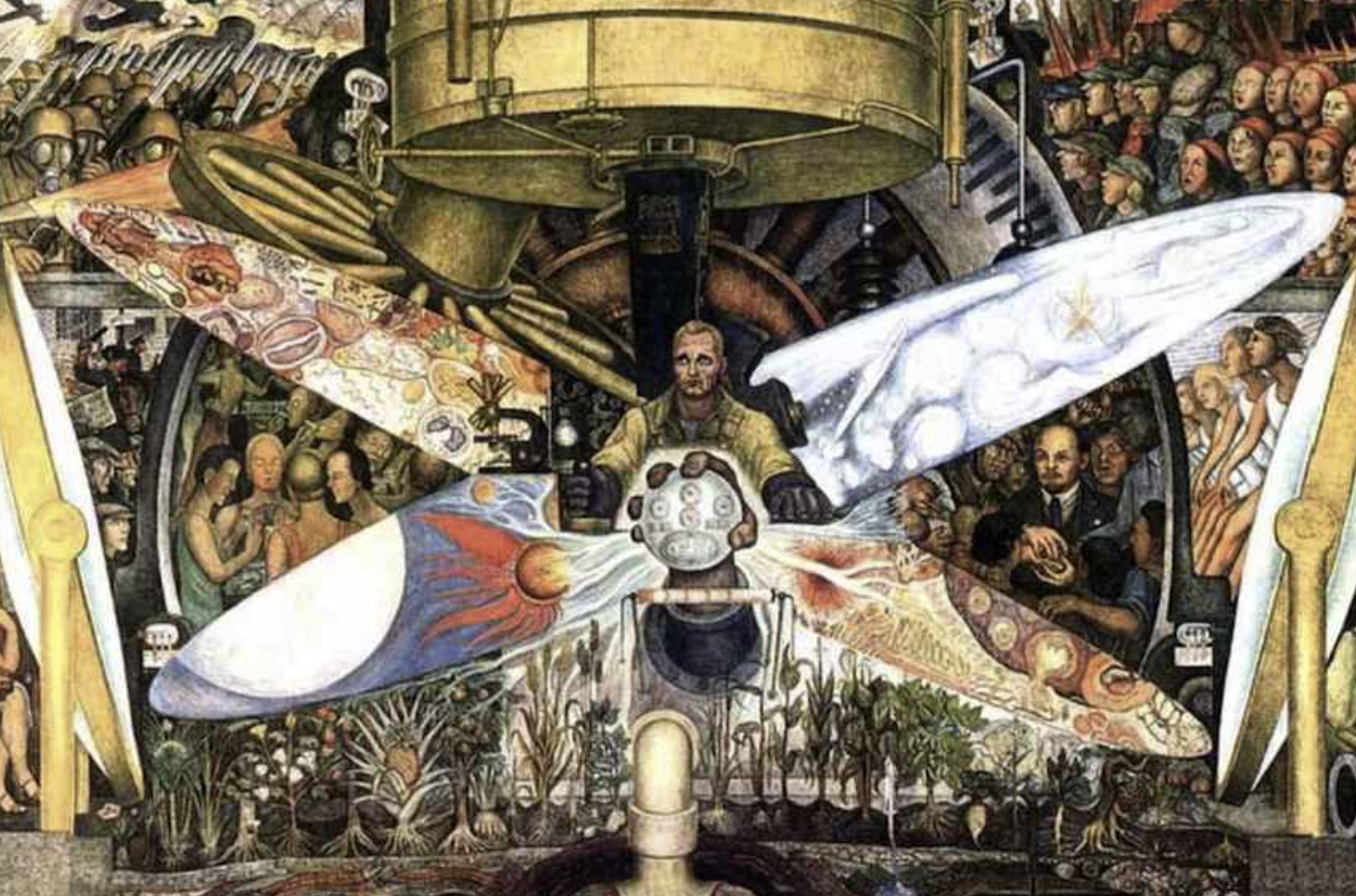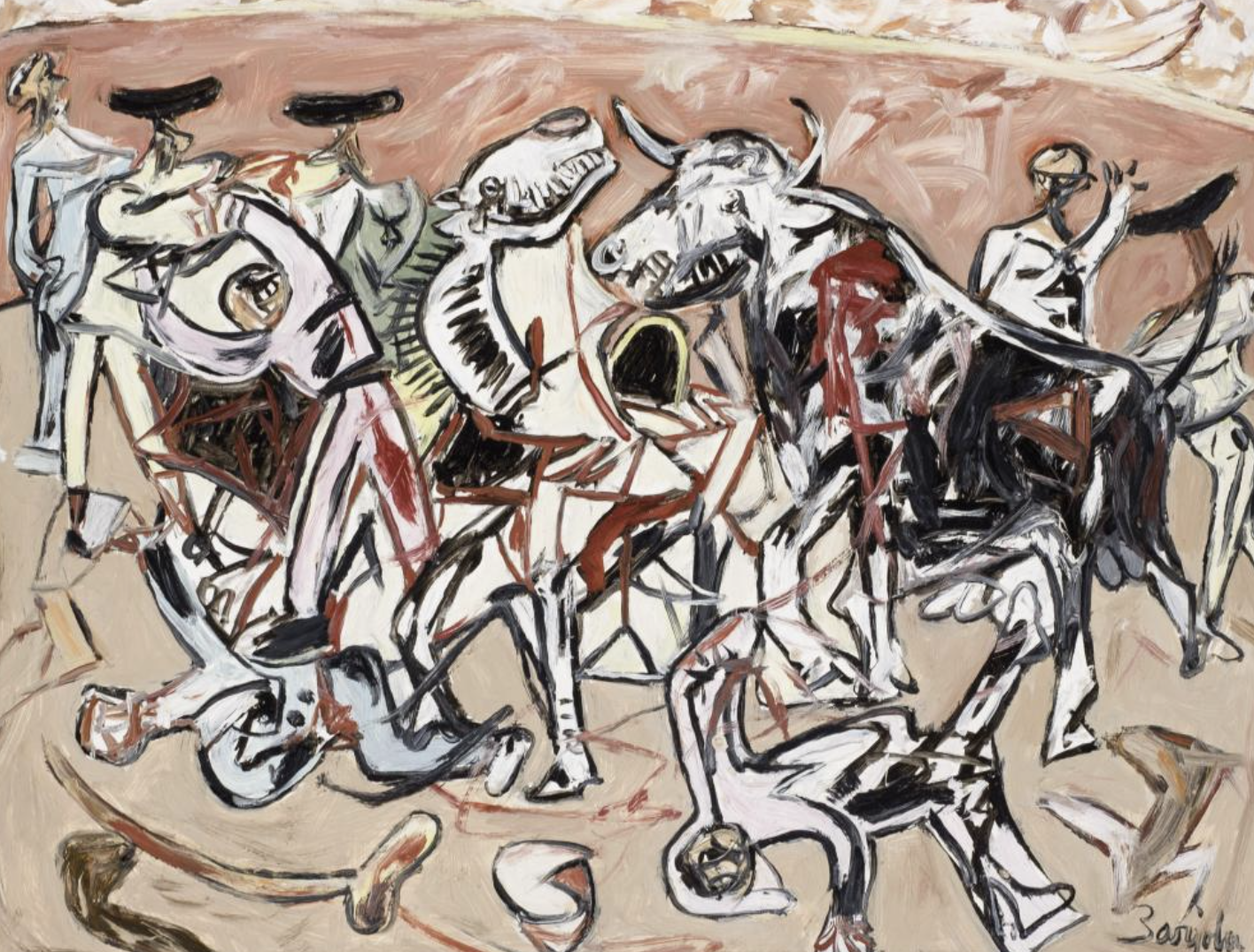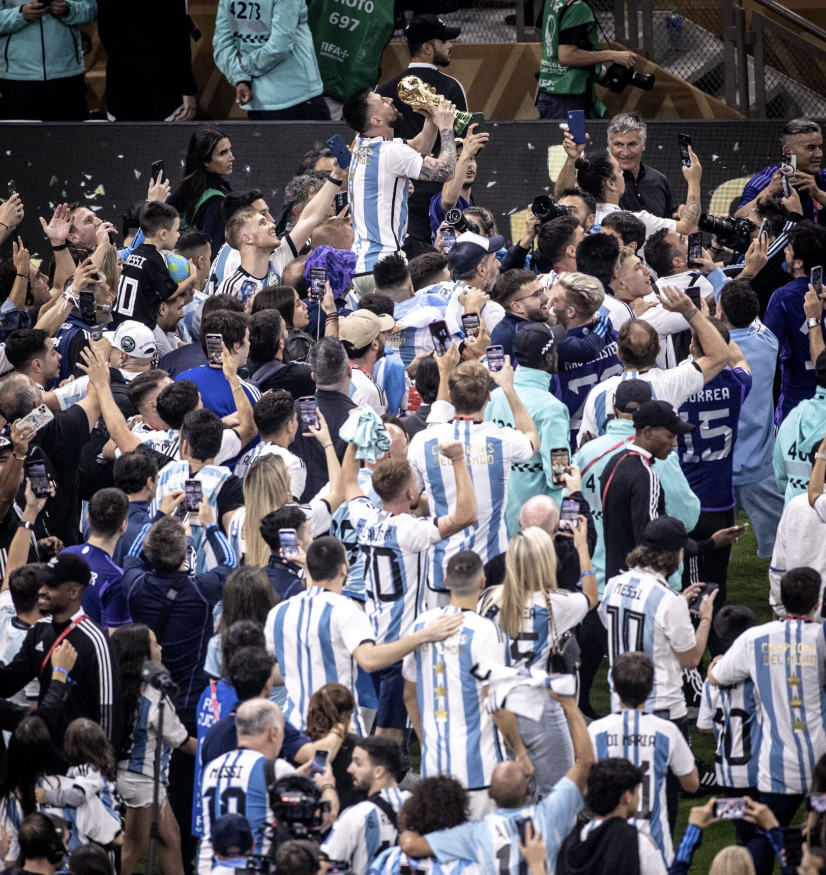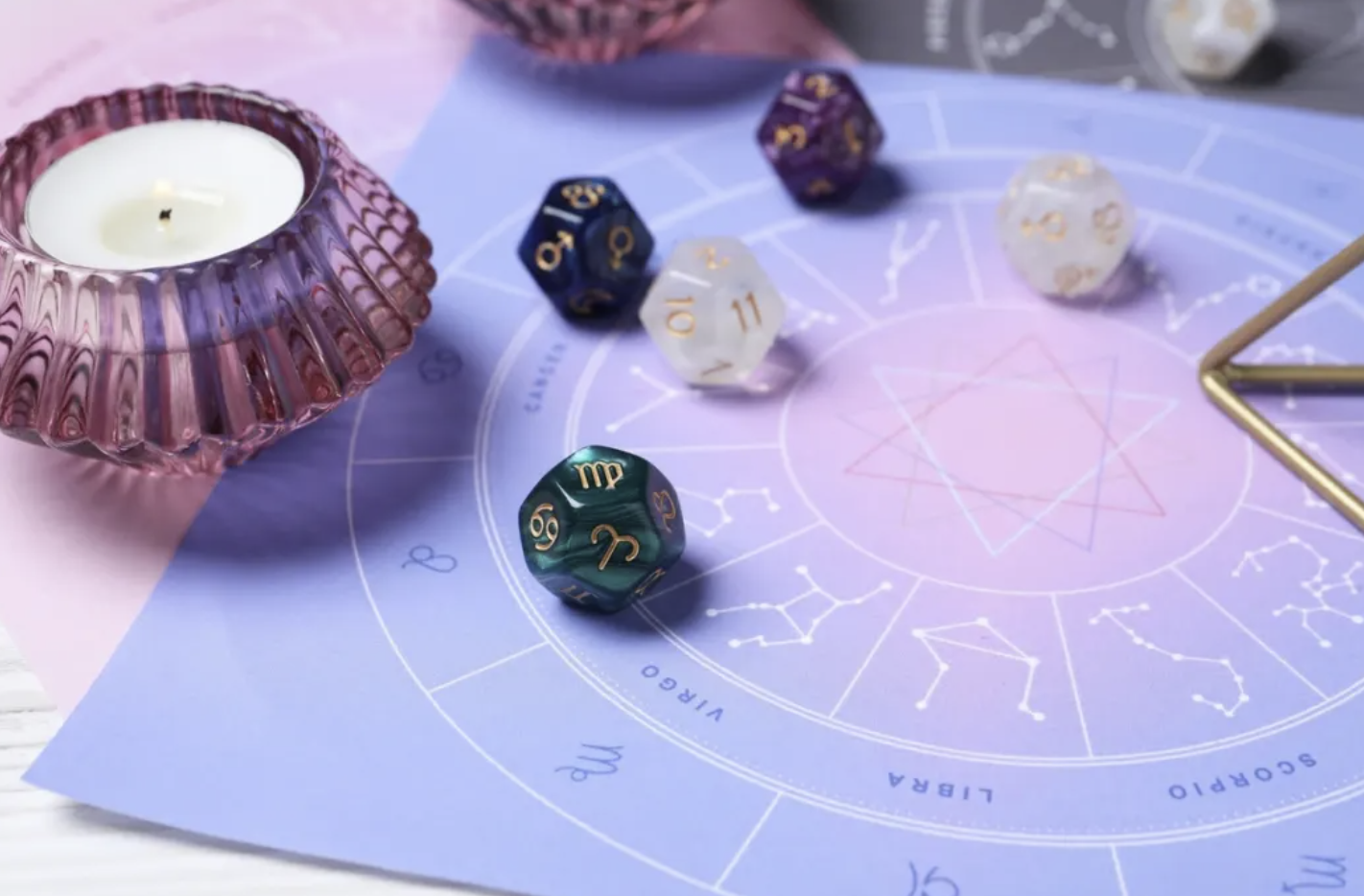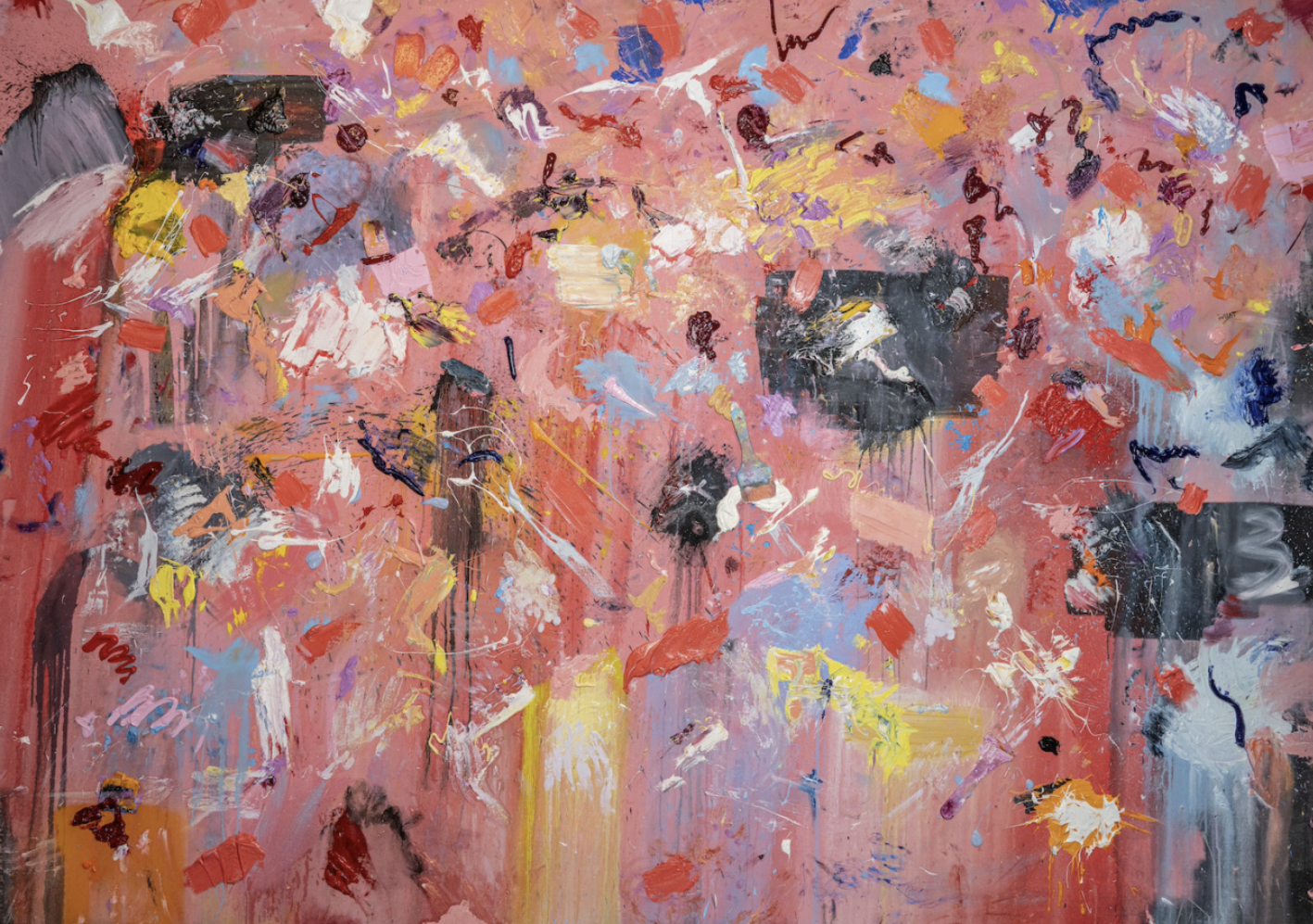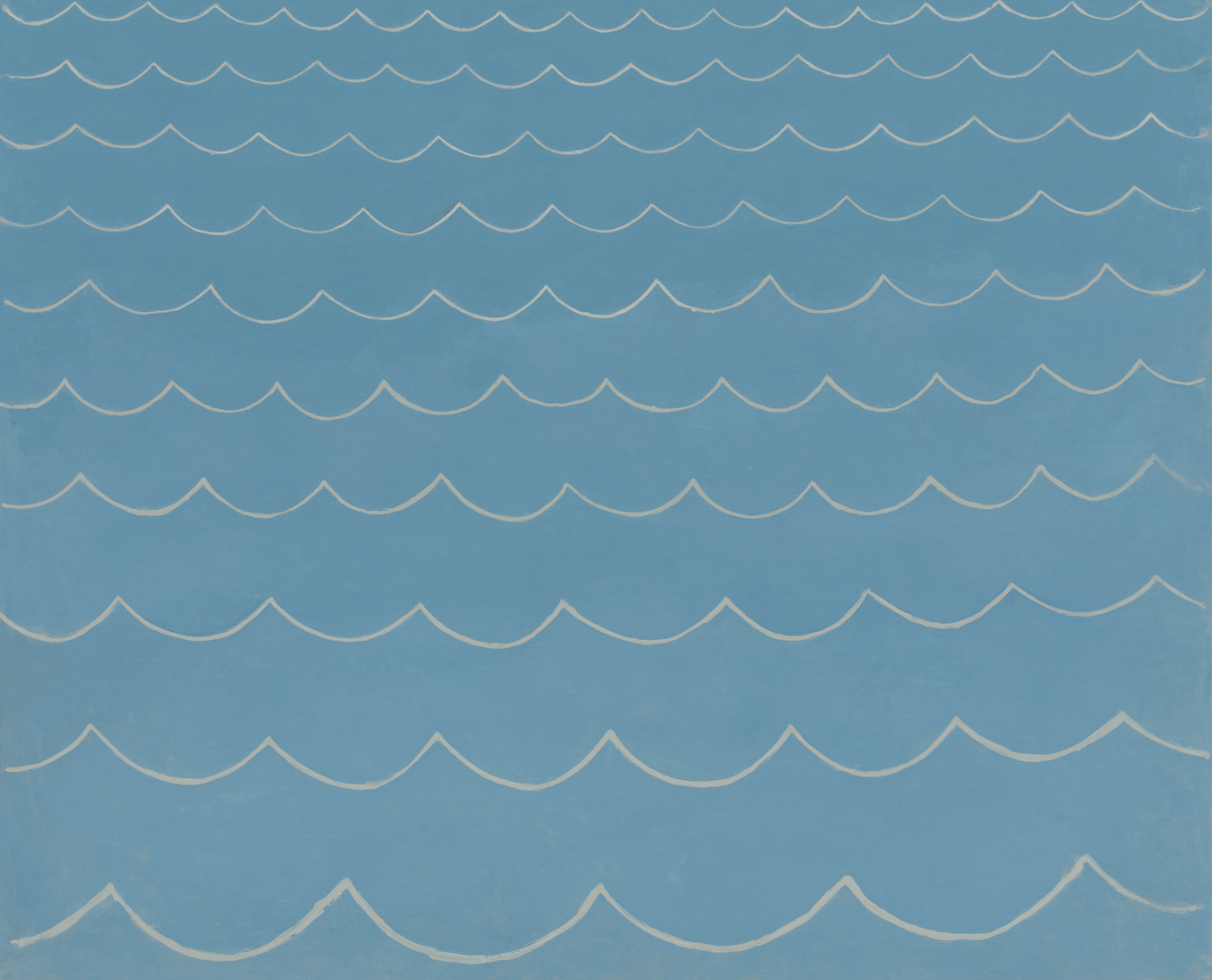
The fleeting nature of existence is beautifully captured in Loïc Raguénès’ work, with his paintings serving as poignant reminders of life’s transitory qualities. Like footprints in the sand, his pieces evoke the impermanence that defines both the individual and collective experience. In tribute to the late French artist (1968-2022), CLEARING has organized a posthumous exhibition titled Only a Grain of Sand in New York, alongside two other shows in Brussels. The exhibition’s title, inspired by Erik Satie’s Trois poèmes d’amour (Three Love Poems), refers to the lyric “I am only a grain of sand”—a humble yet profound reflection on the fleeting nature of existence.
The collection presented spans over forty tempera paintings on canvas, focusing mainly on Raguénès’ works from 2016 until his passing, but it also includes pieces that encompass his entire artistic journey. His paintings are imbued with poetics and quiet melancholy, offering a romantic sense of hope amid a sea of irony and self-awareness. Raguénès manages to walk the fine line between tender abstraction and deep sincerity, defying traditional art historical norms. His use of texture, color, and form echoes abstract expressionism but with a unique gentleness that contrasts the virility often associated with the movement.
The Evolution of Raguénès’ Artistic Approach
Raguénès’ oeuvre is layered with distinct “chapters,” each unfolding a new dimension of his artistic voice. Early in his career, he explored abstracted representations of whirling dervishes, influenced by found images and halftones, which he painstakingly rendered in single colors. This phase set the stage for his later monumental wall paintings, such as the polar bear mural and his piece featuring the Pierre Brossolette Elementary School in Charleville-Mézières, France. These early works are deeply rooted in postmodernist principles, as Raguénès experimented with digital filters and hand-painted final touches, merging mechanical reproduction with personal, tactile engagement.
His transition into a series of paintings featuring grids of circles marked a significant shift in his style. With a consistent dimension of 54 x 50 cm, these works played with the concept of micro-expansion. In Max and Susann, for instance, some circles are painted the same color as the background, causing them to recede into the canvas, hinting at the optical effects of a halftone image, yet remaining abstract. As the series progressed, Raguénès moved away from overpainting the circles, presenting them in uniform color grids against single-color backgrounds. These later works challenge the boundaries of pure abstraction, echoing the emblematic patterns of artists like Daniel Buren, Niele Torini, and Olivier Mosset.
The Role of Color and Emotional Depth in Raguénès’ Work
Raguénès’ mastery of color is central to his artistic identity. His delicate use of muted palettes imbues his paintings with a quiet sense of introspection and melancholy. The color becomes the unifying force that links his diverse stylistic approaches. His work consistently demonstrates a profound connection between color and emotional expression, reinforcing the tender, poetic qualities that define his legacy.
One of the most memorable pieces in the Only a Grain of Sand exhibition is a large wall mural, initially invisible to the viewer. Made up of binary pairs of faint circles in pale blue and pink tempera, the mural reveals itself through shifting light and movement, offering a moment of pure revelation. This subtlety defies reproduction, with the interaction between light and wall adding an elusive quality to the piece. The circles, arranged in sparse or dense clusters, evoke a sense of fleeting beauty and quiet contemplation, furthering Raguénès’ exploration of impermanence.
Raguénès’ Later Works and Cosmic Concerns
Raguénès’ later works continued to explore grids and patterns, but with added complexity. In Pharmacy (2016), a single yellow circle against a muted phthalo background evokes a landscape—possibly a sun setting over the sea. The introduction of this symbolic representation seemed to challenge the boundaries of abstraction, yet it was unmistakably part of Raguénès’ ongoing exploration of visual language. His Wave paintings, which followed a similar structural approach to his grid works, featured bands of wave patterns set against painterly grounds. These paintings initially appear to align with the postwar “Bad” figuration but reveal a deeper, more sophisticated relationship to abstraction and representation.
Raguénès’ final works brought back the circles, now in varying sizes and encircled by rings, set against vast, painterly fields. These cosmic depictions, reminiscent of solar systems, added a new dimension to his exploration of space and time. The use of celestial motifs added complexity to his earlier grid work, reinforcing his commitment to exploring both symbolic and formal elements within his paintings.
A Unique Artist Bridging the Divide
What sets Raguénès apart from his contemporaries is his ability to merge different artistic discourses that are often seen as mutually exclusive. In an era where modernism’s relentless pursuit of newness often dismisses past styles as irrelevant, Raguénès embraces a more inclusive approach, incorporating both abstract and representational elements into his work. His ability to fluidly navigate between these opposing aesthetic territories, without sacrificing one for the other, makes him a truly liminal artist—one who operates in the space between tradition and innovation, abstract and representational, and the personal and universal.


